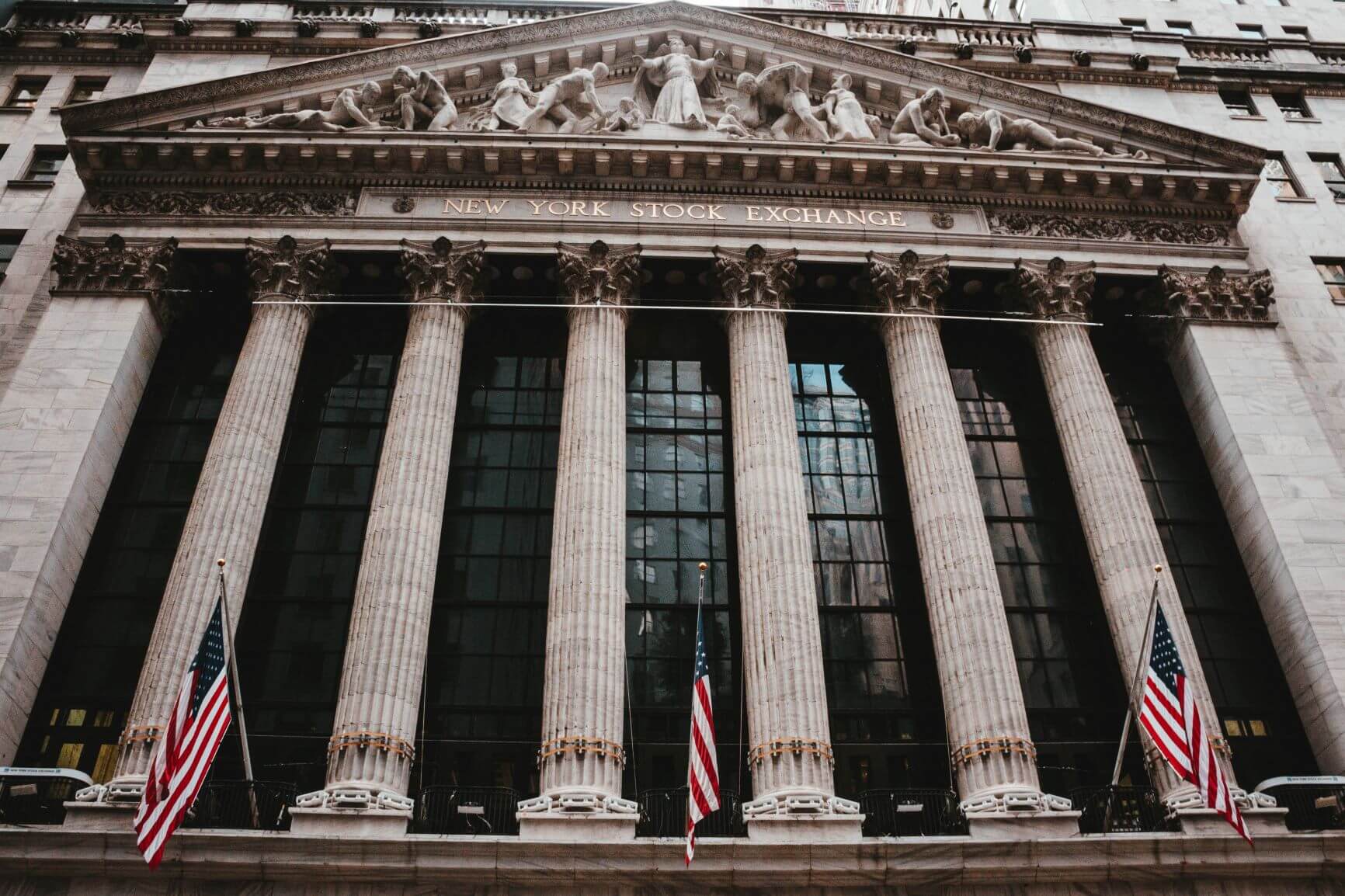The COVID-19 outbreak has spread across the United States, reducing spending on consumer services in impacted areas and threatening many major industries. We expect a rise in confirmed case counts and further disruptions to local activity in the US outlook.
Despite a revised global growth rate of sub-1% for 2020, the US is expected to avoid a recession amid strong recent consumer trends, but significant weakness in global supply chain disruptions, manufacturing, energy investment, and commercial investment poses a risk for multinational companies in the U.S. well into H2.
Is your business plan resilient enough to withstand a change in momentum?
Practice Leader for Global Economics and Scenarios, Ryan Connelly outlines everything your business needs to know about the latest forecasts, drivers, and risks to the U.S. outlook this year.
U.S. economic outlook
- U.S. will come close to a recession due to COVID-19: We expect a contraction in Q2, mildly positive growth in Q3, and lingering weakness into 2021. A slowdown in global trade will continue to put pressure on U.S. manufacturers, continuing a trend that began in 2019. Fears among U.S. consumers surrounding COVID-19 will lead to weak demand for businesses such as large retail stores, restaurants, and hotels, though panic stockpiling may boost sales of consumer stables in the short term.
- Falling oil prices will hurt the energy sector but may be neutral to the economy as a whole: Lower energy costs will largely benefit producers, and we expect the benefits to offset losses in the oil sector.
- Pre-COVID-19 robustness may provide an extra buffer: Labor market indicators and corporate profits were outperforming expectations until February, giving the economy boost to uphold consumption and absorb losses if COVID-19 impacts are limited.
Fundamental drivers
- Consumption growth sustained by moderate wage gains: Real wage increases steadily but has not accelerated, which supports consumption without causing serious inflation pressure. We expect the trend to resume as the COVID-19 shock phases out in 2021.
- Weak investment: Falling oil prices will reduce new investment in the energy sector, while the maturing global business cycle will reduce capital investment. Investment will shift towards maintenance capex and residential investment.
Key risks to the U.S. outlook
- Credit market turmoil: U.S. firms have been highly leveraged due to years of extra-low interest rates. The current panic in financial markets, if long-lasting, will raise borrowing costs and effectively cut off credit supply for many low-rated firms. This macro-financial channel will exacerbate the recession.
Our team of analysts are conducting additional research into the potential impacts on the global economy and business environment. Subscribe to The Lens, our weekly newsletter covering the latest global events, for the most up-to-date coverage on COVID-19.

